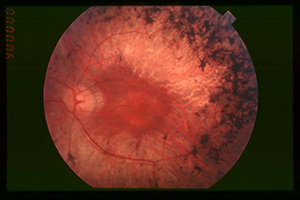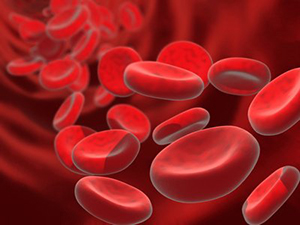 |
|
Diagram shows relationship between DNA repair rates, time of day and skin cancer risk. Credit: (Credit: Laura A. Lindsey-Boltz, PhD, Sancar lab) |
Research from the University of North Carolina at Chapel Hill suggests that the timing of exposure to UV rays—early in the morning or later in the afternoon—can influence the onset of skin cancer.
The study, performed in mice, found that exposure to UV radiation in the morning increased the risk of skin cancer by 500 percent over identical doses in the afternoon. Although mice and humans both reside on a 24-hour day, the "circadian" clocks of these nocturnal and diurnal creatures run counter each other. This key difference in biology means that humans are most protected from the sun’s harmful rays when mice are most susceptible, and vice versa.
"Therefore, our research would suggest that restricting sunbathing or visits to the tanning booth to morning hours would reduce the risk of skin cancer in humans," said senior study author Aziz Sancar, MD, PhD, a member of the UNC Lineberger Comprehensive Cancer Center and Sarah Graham Kenan professor of biochemistry and biophysics in the UNC School of Medicine. Sancar is also a member of the National Academy of Sciences and the Turkish Academy of Sciences "However, further studies in humans are needed before we can make any definitive recommendations."
Sancar has previously shown that a protein called XPA, responsible for repairing the DNA damage wrought by UV radiation, waxes and wanes throughout the day. In a study published online the week of October 24-30 in the Proceedings of the National Academy of Sciences, he and his colleagues looked to see if the cyclical nature of this DNA repair molecule had an influence on the onset of skin cancer.
They exposed two groups of mice to UV radiation—either at 4 a.m. or at 4 p.m.—and waited for cancer to develop. Mice irradiated when the repair activity was at its minimum developed tumors much faster and at five-fold higher frequency compared with mice exposed to UV when the protein’s repair function was at its maximum.
The researchers predict that humans will have a higher rate of DNA repair in the morning and would be less prone to the carcinogenic effect of UV radiation in the morning hours. They plan to measure actual DNA repair rates in the skin of human volunteers to confirm that morning sun is safest for humans.
The research was funded by the National Institutes of General Medical Sciences and the National Institute of Environmental Health Sciences. UNC co-authors with Sancar were Shobhan Gaddameedhi (study 1st author), Christopher P. Selby, William K. Kaufmann, and Robert C. Smart of North Carolina State University, Raleigh, N.C.

|










